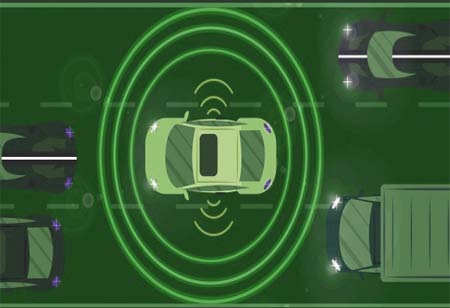Individuals can perform a quick comparison in autonomous vehicles for verification with the advancements in technology.
FREMONT, CA: Autonomous automobiles navigate to their destinations using various crucial technologies, including a version of a global positioning system and a central brain that interprets this and other data. Many of these technologies need to be more dependable and accurate, which may not change for years. Several tales of vehicles missing their stop or trucks getting directed into too-narrow lanes or too-low underpasses. For autonomous driving, AV requires a greater precision of two to three centimeters. The data used to make these judgments must be more precise, and communications technology coverage sometimes needs to be updated.
The introduction of fully autonomous vehicles is taking significantly longer than anticipated. Unlike human drivers, autonomous vehicles (AVs) must learn to drive, read maps, and reach their destination utilizing real-time data and interaction with their environment. A vehicle may need to make unexpected adjustments depending on this data, and fully autonomous vehicles must be able to respond predictably even when no pre-programmed answer exists. Autonomous vehicles must be aware of issues that could cause accidents or cause them to become lost, and they must be able to take precautionary measures rather than simply shutting down.
When everything gets reduced to ones and zeros, this becomes tough. Input from a digital map is processed by sophisticated AI algorithms, plotting the appropriate routes for the AV to follow. An autonomous vehicle first uses a global map to calculate its direction. Once close to the desired location, localization processing takes place. AV-tailored maps are high-definition and contain localization data like lanes, road signs, speed limits, and more. At this point, the AV must "see" its surroundings. Google has meticulously generated 2D and 3D maps using various data collection techniques. These include having vehicles outfitted with high-definition cameras drive through multiple places to record street views.
Global positioning systems are subsets of global navigation satellite systems, encompassing numerous other mapping and surveying applications. Numerous original equipment manufacturers create or buy mapping technology to support advanced driver assistance systems (ADAS). AV localization technologies include HD mapping, 3D mapping, multilayered digital maps, and real-time mapping solutions. Consumer maps such as Google's are insufficient for autonomous driving. OEMs creating AVs must build their mapping technologies or collaborate with partners to create digital maps, as the sorts of maps required by AVs are more complex and have numerous layers that autonomous driving systems can exploit.

 Copyright © 2025 AutoTech Outlook. All Rights Reserved | Privacy Policy | Subscribe | Sitemap | About us | Feedback Policy | Editorial Policy
Copyright © 2025 AutoTech Outlook. All Rights Reserved | Privacy Policy | Subscribe | Sitemap | About us | Feedback Policy | Editorial Policy